Are aero sensors the tech of the future?
Will CdA measurers be commonplace on our bikes in 20 years time? We explore the tech, and put one to the test

Every few decades, a new piece of cycling tech is revealed to the cycling community. First it was Odometers, then heart rate monitors, power meters and GPS devices. Each new creation is met with questions over its value and puzzlement over the complexity of the system - sometimes it can take a generation of cyclists to grow up with the technology before it'll become widely adopted. But eventually, the successful items become common place - they’re built in to the equipment on our bikes and we’re giving each other kudos on social media for the numbers recorded.
Are coefficient of drag (CdA) measuring tools the latest bit of tech that will become part of our riding? In 20 years time will we forget what riding was like without a live number telling us how aero we are, or will we still be looking at this tech with frown asking “but, does it actually work?"
CdA tells you how much the silhouette of you and your bike combined is holding you back. Tolerances are small - a WorldTour pro will be knocking out a CdA of around 0.17 in TT mode, whilst on a road bike without optimisation you might sit at 0.4. The lower the number the better, and it can be brought down by making changes to your position and kit.
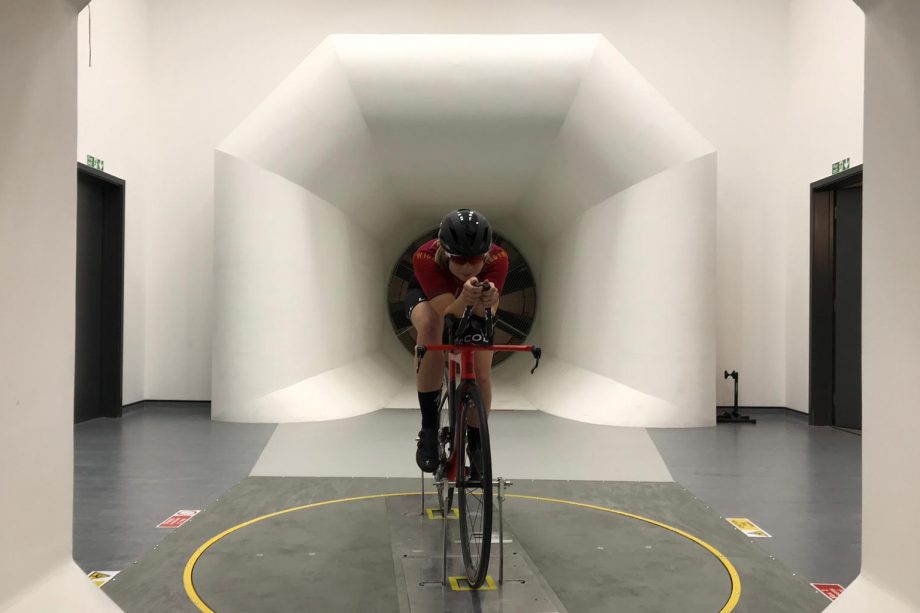
There are several methods for measuring CdA. You can check in at a wind tunnel and work with an aerodynamicist, but you won't be able to guarantee your learnings are played out on the road. You can book in with an expert who will use mathematical equations to determine drag from velodrome runs, or you can also experiment yourself. There are several tools available, which use algorithms to predict a number (BestBikeSplit.com or the Aerolab within Golden Cheetah). All of these require either an expert, a subscription, and/or a fairly robust understanding of physics.
>>> Watch: how much faster is a time trial bike, really?
CdA measuring tools aim to take away a lot of the complexity. They do so by combining windspeed, humidity, air pressure, air density, and then cross referencing those with power and speed data to obtain a figure, which can be displayed in real time via a cycling computer head unit.
There are several brands on the market – including Notio (£950) and Aeropod (£449) - with many more likely to emerge in the coming years. Garmin purchased Alphamantis, makers of the AeroStick, back in 2017 but we’ve get to see a finished product.
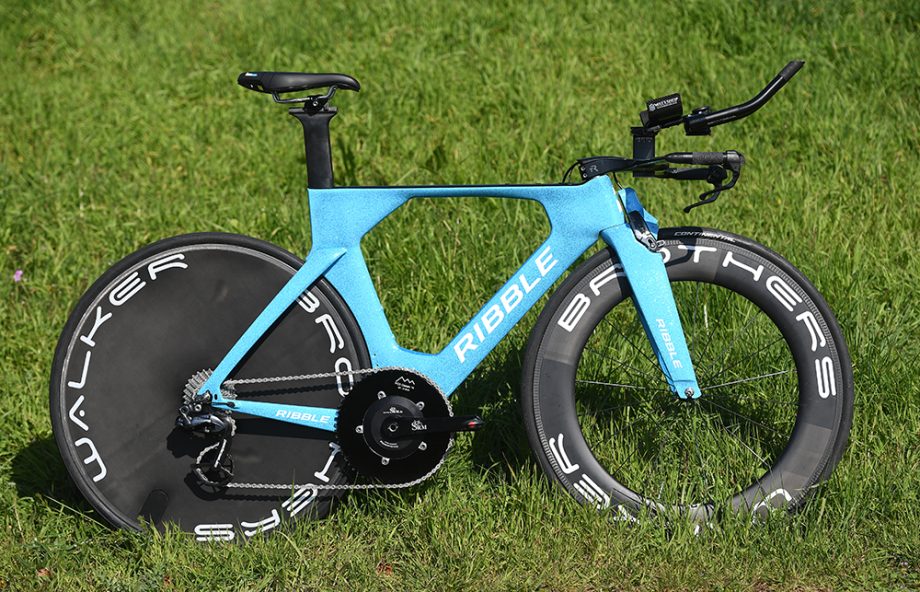
Dan Bigham’s own 2019 time trial bike had a Notio CdA tool proudly strapped to the handlebars, and he and his team of record breaking, National Championships winning Huub-Wattbike team pursuit riders have used the tool to great success.
“The benefits the tool has given us have been huge," Bigham says. "Effectively it's a high speed data logger that enables us to record and measure variables we've never had access to before, especially on the track. In the team pursuit, its completely revolutionised how we analyse the event how we analyse training and do aero testing.”
It sounds perfect. So, why aren't we all using them?
Some complications
CdA tools are the absolute antithesis of “fit and forget”. In terms of usability, they're probably where power meters were in 1989, when a roll-down test was part of the calibration process. Except, there's a lot more that can go wrong.
“A power meter is made up of two sensors, one measuring torque and one measuring cadence, the equations are pretty simple beyond that," says Bigham.
"On the aero side, you're trying to calculate air density, air speed, measure power, wheel speed, slope, roll angles, vertical vibration on the tyres - so many more variables than power meters have to deal with. You have to be a bit more detail focused to get good quality repeatable data out. I think it's going in the right direction but its probably not something that Joe Bloggs can walk into a bike shop, buy, chuck on and answer questions in 10 minutes.
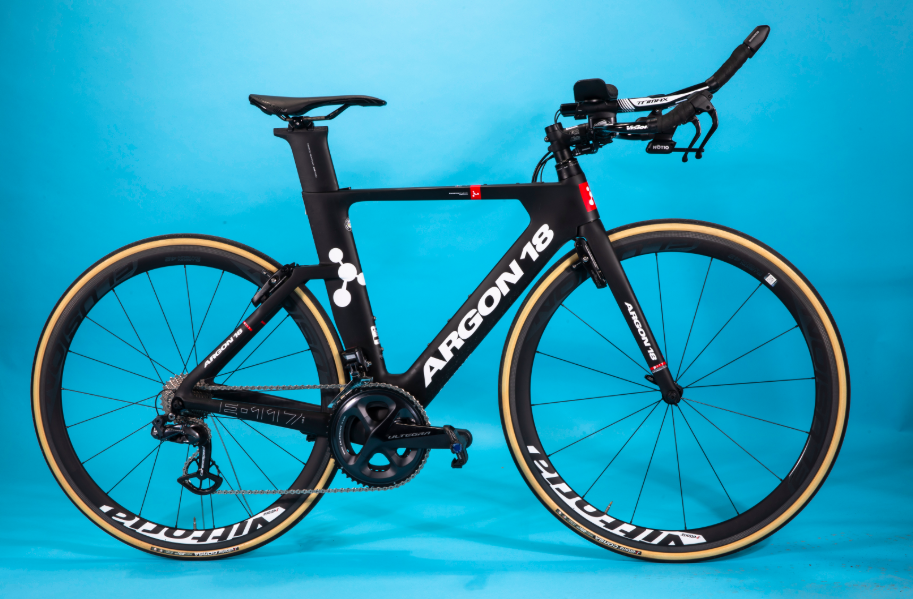
"There are some caveats to it and that's just unfortunately how science works. It's something you've got to work at. Getting reliable data is about designing a good experiment."
To use a CdA tool effectively, you’ll need to understand the factors which can affect the readings - gusts, traffic, movement of the rider - and know when to eradicate a piece of data from your testing.
“With Notio, I've had riders repeat within 0.001 on CdA, which is pretty awesome, but some riders have been five times worse than that," Bigham adds. "That's the difference of 15 watts. Unfortunately it's just the nature of atmospherics and the conditions in the real world, but also riders need to be able to get on the bike and replicate everything they did in the previous run.
“The gear you were in, how you held the bars, where you sat on the saddle, all that stuff has a massive bearing on aerodynamics, if you can have a great handle on it you can test down to a very small detail. If you don’t, then you cant.”
Numbers on the go
There’s two obvious applications for these devices: comparing position and equipment for optimisation, and using live data on the move to ensure that the position designed in training is being used when racing.
Except, according to the experts, the latter is best avoided.
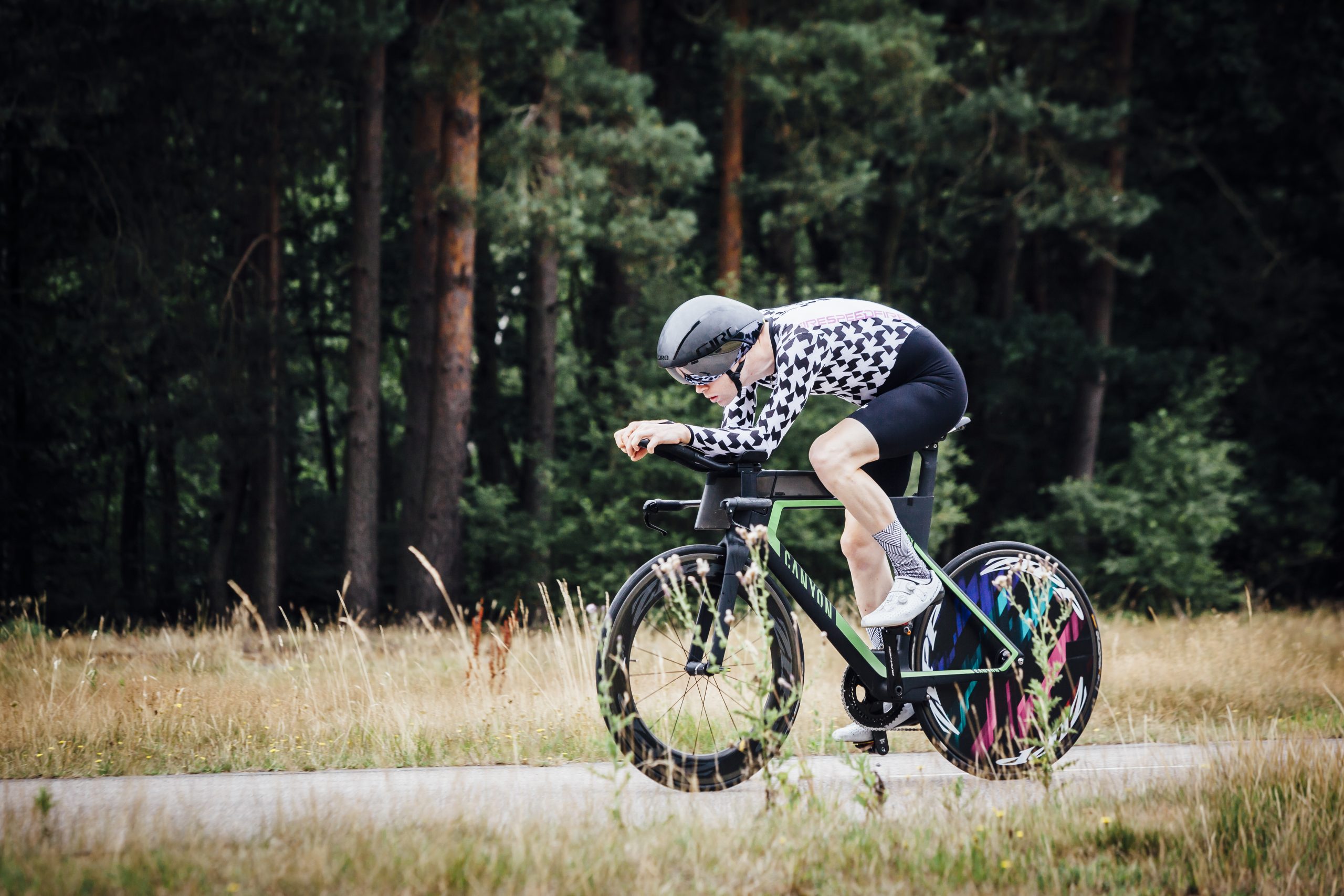
Aerocoach’s Xavier Disley told CW: “Testing position or equipment like helmets, would be a very good use of a CdA tool, under the right conditions. I think having the numbers in front of you, they’ll move around quite a lot, especially once you introduce traffic. I’d advise against using it for target races. You don’t want to be making decisions on the fly that might be based on the conditions around you.
“I see it more as a self-aero-testing tool, or for post hoc analysis - perhaps if you do your club TT every week and there's not a lot of traffic, using the device you can track changes over the course of a few weeks,” Disley says.
Bigham says much the same: “I don’t ever use the live data on the head unit, I think it’d be naive to look at the numbers during a race, you should focus on holding the position.”
CW gives it a go
Eager to experience this emerging technology, I set off on a journey of CdA exploration with the Notio. Unveiled at Eurobike in 2017 it is now on sale in the UK, distributed by ZyroFisher, for £950.
The device works alongside an app which is currently iOS compatible only. Data can also be communicated to a Garmin head unit via Connect IQ. Basic interpretation can be completed in the Notio app, whilst detailed analysis has to take place in ‘Golden Cheetah Notio’.
The first step, before using the device, is running a calibration test. This involves riding 3km out and back, and this test needs to be repeated with each bike switch. Since my only iOS device available was an iPad, I ran my calibration tests with the iPad nestled in a backpack.
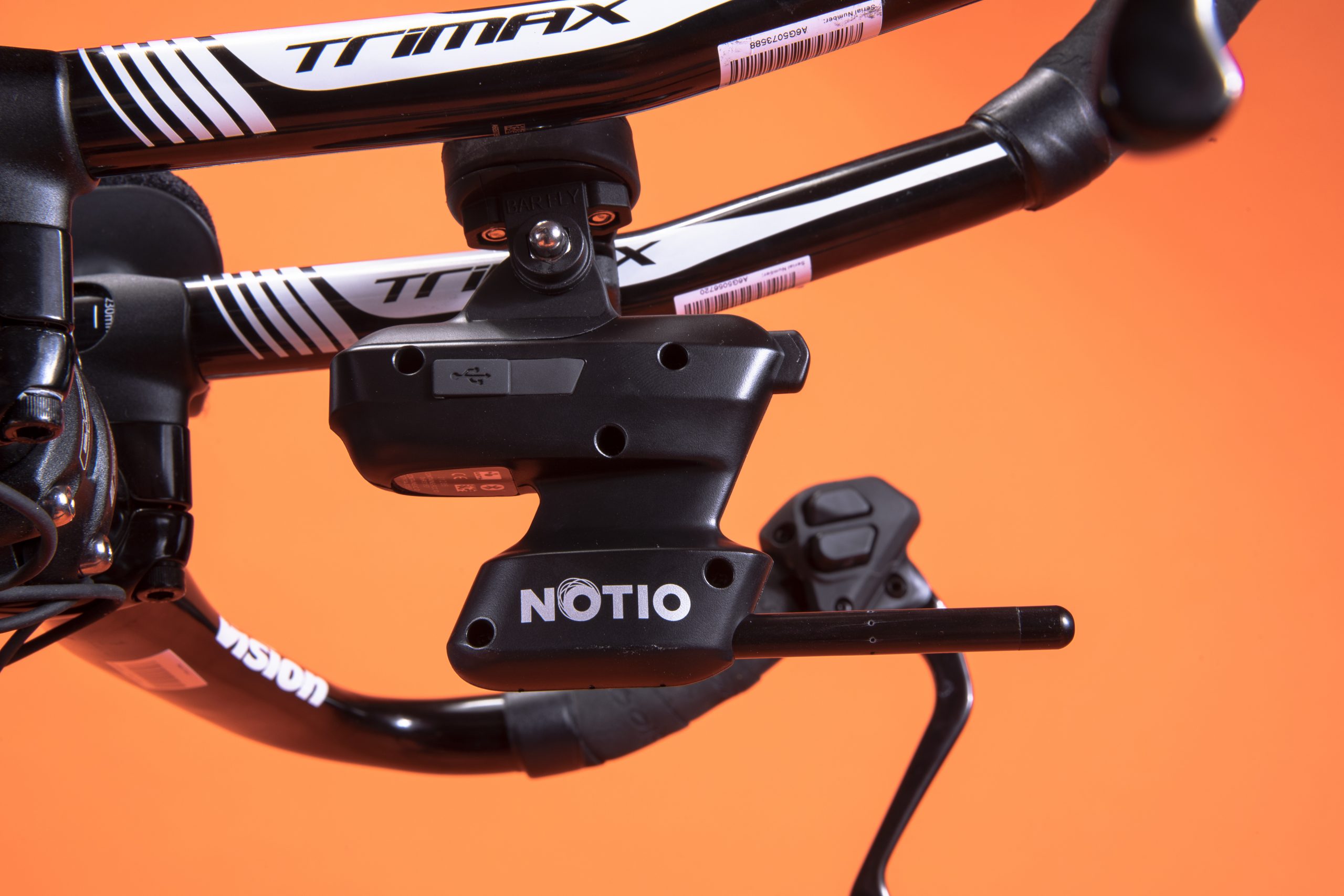
The test needs to be carried out on a relatively flat road, with a smooth surface and limited traffic. My first run was unsuccessful, I imagine because despite selecting the ideal road, I was interrupted by a school coach and two horse riders along the way. My second calibration attempt proved a success.
I began my comparison testing alongside expert tuition – working with Aerocoach’s Disley at Halsowen outdoor velodrome near Birmingham.
We kicked things off by collecting data from three baseline runs. Riding an Argon 18 time trial bike in a speedsuit and TT helmet, but wearing arm and leg warmers and without having optimised the position in any way, my CdA averaged out at 0.2193. This would require me to ride at 226 watts to complete 40km in 60 minutes - the best and worst runs gave us a standard deviation of 4.7 watts.
This complete, we then tested myself on the aero bars versus the base bar - using an A/B/A/B format to check repeatability. The data wasn't perfect, with some variation between the two aero bar numbers (accounting for 12.4 watts) which you wouldn't expect when using fixed contact points. However, averaged out it showed a 37.7w improvement, suggesting that the equipment worked well when looking at large scale optimisations.
Moving on to smaller differences, the data became harder to interpret. When running a test comparing a Specialized Evade road helmet (A) against a Giro Aerohead TT helmet (B), one set of data gave us a 16w improvement from the TT lid whilst test two's 'A' data produced an errant figure which suggested the Evade was faster. Clearly, it’s not, and we removed this data set from the test.
Removing the leg and arm warmers and doing my best hunch with the standard aerobars fitted, I could get down to 0.2010. This would require me to ride at 211 watts to complete 40km in 60 minutes. The numbers were going in the right direction and were sensible given the optimisations made.
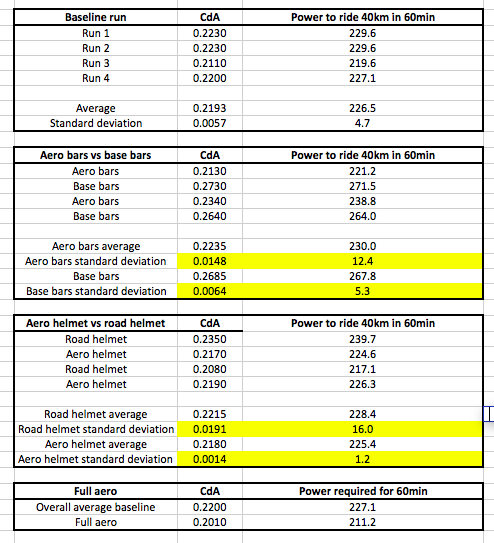
Swapping the Notio to my road bike for regular rides, Disley and Bigham's warnings about ever changing data on the move began to make a lot of sense. The figures are presented as a rolling 60 second average, and factors such as being stuck behind lorries, riding through hedges in the lanes, braking, accelerating and getting out of the saddle all caused fluctuations, with a lag due to the rolling average.
As is common in emerging tech, the software wasn’t without glitches. Pairing the Notio with my Garmin 520, I experienced drop-outs where data was communicated to the app but not to my headunit, and there were times when I had to restart the app to download files. When I asked Notio about this, the brand said “this is a known issue, expect we’ll have a fix for it soon.”
Notio also note that it’s “best not to ride in wet road conditions” and the limited warranty does not apply to damage caused by water. This tech is still in its infancy, where early adopters may need to put up with hurdles, however Notio was quick to answer all my questions - its customer service lines are open basically all hours - and updates are ongoing.
Aero testing yourself
If you’ve decided that aero testing is for you, then you'll need to adhere to a set testing protocol that you trust.
“Someone who wants to optimise their kit and position can use this equipment, but they need to set time aside to do it properly. A device like this will automate some of the processes is quite useful, but making sure you do a bit of homework on getting your protocol sorted is the main thing.
“Make sure you do A/B testing, do long runs where possible, find a good venue, and stick to testing on a nice day. And make sure you have time set aside to look at the data afterwards," Disley says.
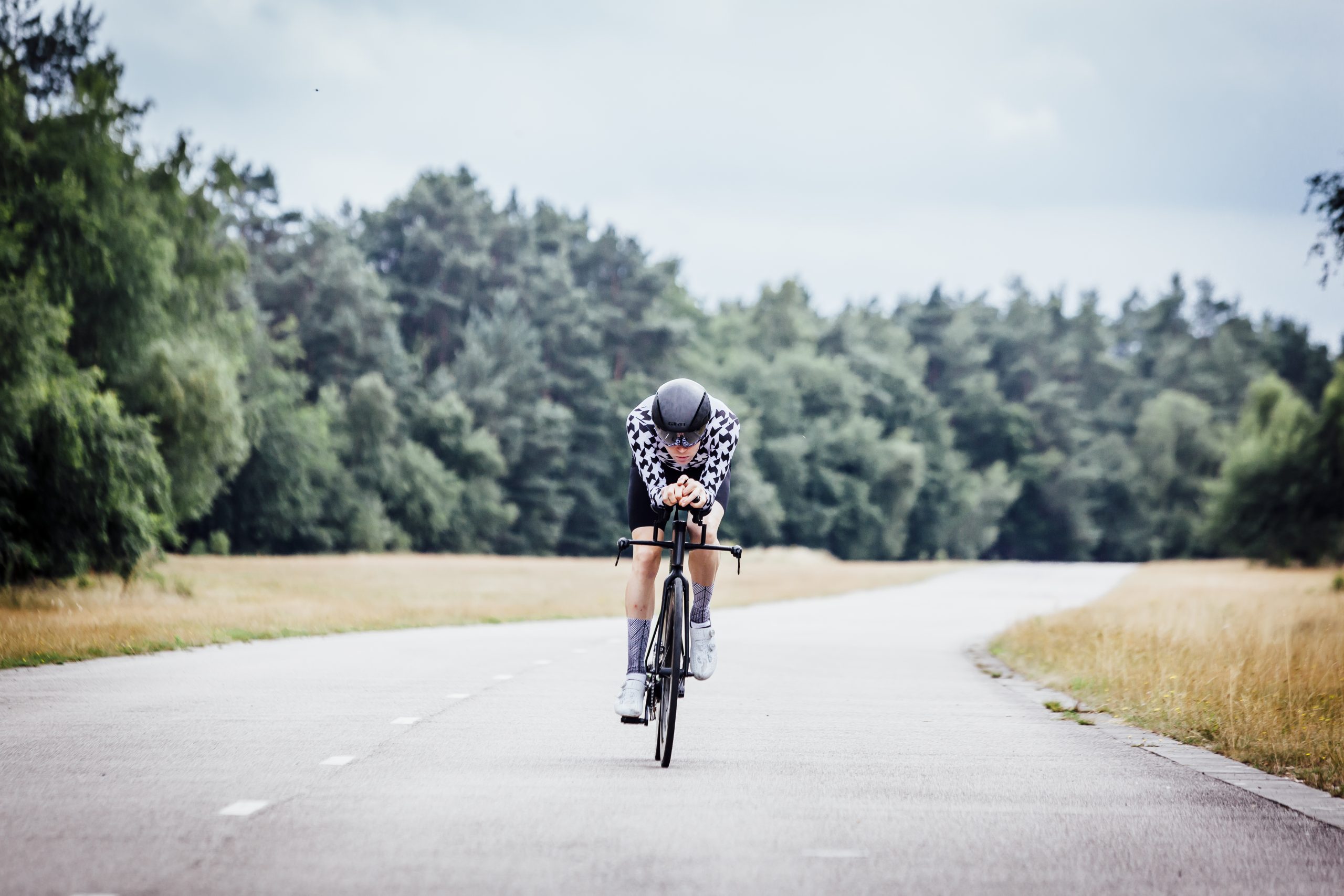
“If you’re doing this at home, you probably don’t have a velodrome, so I’d recommend that you try and choose somewhere that has very low traffic, a consistent road surface, and is somewhere physically useful for you – for example a loop where you can return to your equipment,” Disley said.
The smaller the margin between comparisons, the harder it’s going to be to discern – for example, the 40 watts difference between me on the aero bars versus base bar was quite simple, but the difference between the helmets opened up room for error.
“There will be a tipping point where the resolution of the piece of kit you're using wont be able to detect a difference. Once you understand what that is, as long as you're testing equipment outside of that realm of things, then you're OK,” Disley adds.
It’s also pretty important to understand how changes in CdA translate to watts – particularly since the CdA numbers are very small. There are calculators available online to help you with this - but as a rule of thumb, a 0.01 change in CdA accounts for around eight watts at 40mph, and 12 watts at 45kph.
All sound a bit much?
You would not be outside of the norm if all of this sounds – well – a bit too much like a very complicated and expensive version of a high school science experiment.
Based on my experience, these tools are clearly incredibly clever pieces of kit, which in the right hands could make the difference between a gold medal and disappointment. If you're not so scientifically inclined? That one-off trip to visit an expert might benefit you more than a purchase of a device you can – in theory – use every day.

Thank you for reading 20 articles this month* Join now for unlimited access
Enjoy your first month for just £1 / $1 / €1
*Read 5 free articles per month without a subscription

Join now for unlimited access
Try first month for just £1 / $1 / €1
Get The Leadout Newsletter
The latest race content, interviews, features, reviews and expert buying guides, direct to your inbox!
Michelle Arthurs-Brennan the Editor of Cycling Weekly website. An NCTJ qualified traditional journalist by trade, Michelle began her career working for local newspapers. She's worked within the cycling industry since 2012, and joined the Cycling Weekly team in 2017, having previously been Editor at Total Women's Cycling. Prior to welcoming her first daughter in 2022, Michelle raced on the road, track, and in time trials, and still rides as much as she can - albeit a fair proportion indoors, for now.
Michelle is on maternity leave from April 2025 until spring 2026.
-
 'I'll take a top 10, that's alright in the end' - Fred Wright finishes best of British at Paris-Roubaix
'I'll take a top 10, that's alright in the end' - Fred Wright finishes best of British at Paris-RoubaixBahrain-Victorious rider came back from a mechanical on the Arenberg to place ninth
By Adam Becket Published
-
 'This is the furthest ride I've actually ever done' - Matthew Brennan lights up Paris-Roubaix at 19 years old
'This is the furthest ride I've actually ever done' - Matthew Brennan lights up Paris-Roubaix at 19 years oldThe day's youngest rider reflects on 'killer' Monument debut
By Tom Davidson Published